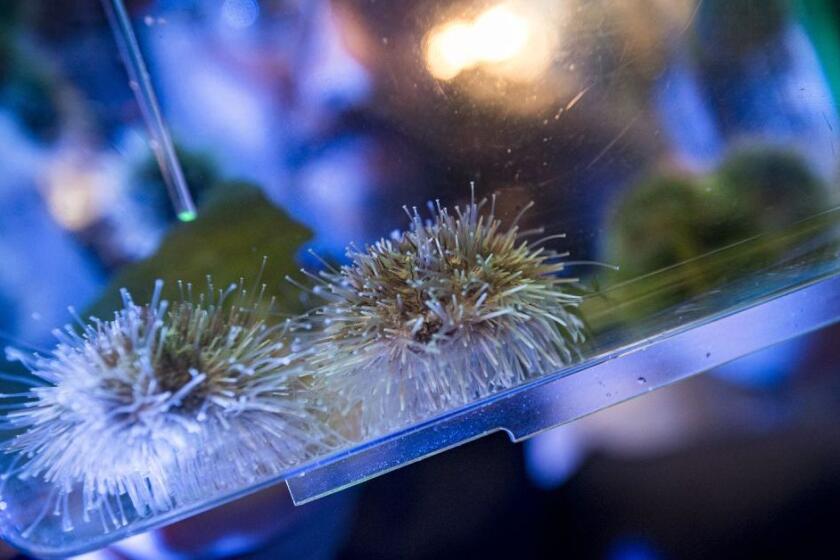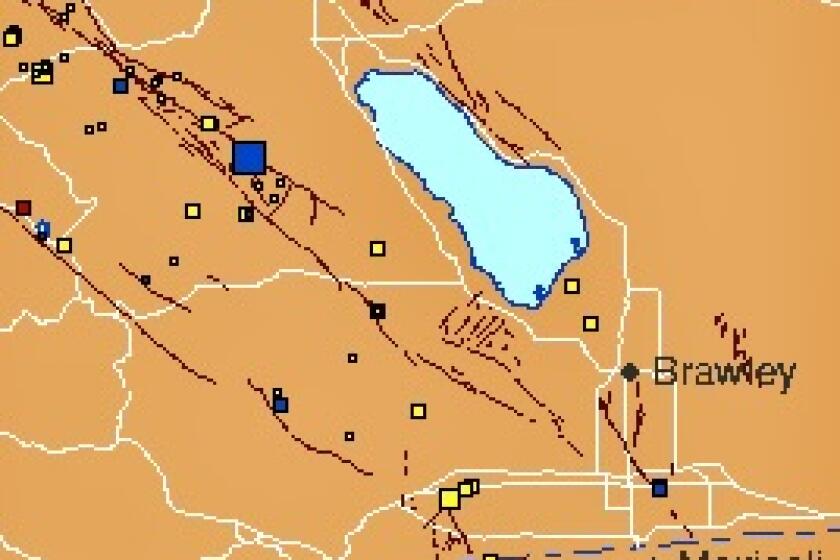Will Juno reveal Jupiter’s long-held secrets?

In an audacious bit of engineering, NASA will send its Juno spacecraft into orbit around Jupiter late Monday to take an unprecedented look at a hostile world that’s key to understanding our solar system.
There may be more to celebrate on July 4th than American independence.
In an audacious bit of engineering, NASA will send its Juno spacecraft into orbit around Jupiter late Monday to take an unprecedented look at a hostile world that’s key to understanding our solar system.
Jupiter is the largest planet in our system, and was probably the first one to form, making its origins and evolution of great interest to scientists.
Juno will fire its engine at 8:18 p.m. PDT on Monday, slowing the spacecraft so that it doesn’t shoot past the planet. If all goes well, Juno will enter a polar orbit that will periodically bring it within 3,000 miles of Jupiter’s cloud tops -- closer than any probe has ever gotten.
A short time later, Juno will send a three second radio signal to NASA’s Jet Propulsion Laboratory in Pasadena confirming “Jupiter insertion.”
With the panaché of Hollywood, NASA is preparing the public for two possibilities: The mission could go horribly wrong, 540 million miles from Earth. And Juno could transform science’s understanding of Jupiter’s noxious atmosphere, wild storms, and powerful magnetosphere.
NASA produced an edgy new video that says that the solar-powered spacecraft -- which left Earth five years ago -- is closing in on a “monster” whose environment is “unforgiving” and “relentless.”
The video features NASA scientist Steve Levin, who says, (Jupiter) is the biggest planet in the solar system. And it’s got the biggest and baddest radiation, and the biggest and baddest magnetic field ... But Jupiter holds secrets we need to know.”
The secrets involve the composition of Jupiter’s atmosphere, and the workings of its magnetic field, which is 20,000 times more powerful than the one of Earth. Scientists want to know what they’re like today, and how they’ve changed over time.
Scientists also want to answer a long-standing question: Does Jupiter, a gas giant, have a solid core?
Juno will tackle these questions with a suite of sensors that can look below the planet’s dense cloud. The spacecraft also is carrying a camera that was developed by Malin Space Science Systems of San Diego, the same company that put imagers on the Mars Curiosity rover.
”Jupiter is a fascinating planet and has probably played a fundamental roll in shaping the Solar System as we see it today,” said Quinn Konopacky, a UC San Diego astronomer who is not directly involved in the Juno mission.
”I love looking at the swirling bands on its surface and trying to understand all the processes taking place. I also try to use the mental picture I have of Jupiter and project it to the other planets we are discovering all the time -- do they have beautiful cloud bands, huge storms, and giant moons like Jupiter, or are they very different worlds entirely?
“I’m also personally fascinated by the huge and beautiful aurora we see on Jupiter - they are many times bigger and brighter than our own. These are caused by Jupiter’s massive magnetic field.”
The Juno mission also intrigues Doug Leonard, an astronomy professor at San Diego State University.
“We all expect that Jupiter should have a good concentration of water molecules in its atmosphere, and Juno is designed to detect them as part of its mission to get at the precise atmospheric composition of the planet.
”These data will be extremely helpful at pinning down precisely where in the solar system Jupiter originally formed. This will also help to resolve an ongoing conundrum from the last time we sent a spacecraft to visit Jupiter -- the Galileo mission of the late 1990s.
” It attempted to find water but found surprisingly little. We’ve explained this away by postulating that Galileo probed a particularly unlucky, and dry, location in the atmosphere. But what if it didn’t? What if Jupiter really does have much less water than our theories suggest? I doubt this will happen, but that would be extremely interesting and important for theories of Jupiter’s formation.”
NASA turned to Malin Space Science Systems for help in cultivating public interest in the mission. The company came up with a camera that is expected to produce some of the most revealing pictures ever taken of Jupiter’s poles.
“The spacecraft will be in a highly elliptical orbit, which will give us a chance to look at the north and south poles from angles we’ve never seen before,” said Michael Ravine, advanced projects manager at Malin. “And we will be able to see the aurora.”
Deep space missions are notoriously difficult. Sometimes they go right. Sometimes they fail. Ravine has experienced both. The cameras that he helped developed for Mars rovers after produced extraordinary images of the dry planet. But in 1993, the Mars Observer spacecraft, which carried a key Malin camera, simply disappeared shortly before it was to enter orbit.
“I worked on that mission and two others that have failed,” said Ravine, who earned a doctorate in geophysics at UC San Diego’s Scripps Institution of Oceanography.
“But I’ve worked on many more that have succeeded. The best you can do is focusing on the things you can control, and try to make them work right.”
Get Essential San Diego, weekday mornings
Get top headlines from the Union-Tribune in your inbox weekday mornings, including top news, local, sports, business, entertainment and opinion.
You may occasionally receive promotional content from the San Diego Union-Tribune.












